London Town by Wings
As the sixth overall album under the group name Wings, the 1978 album London Town is often overlooked as a great album by the Paul McCartney led band. But a great album this […]
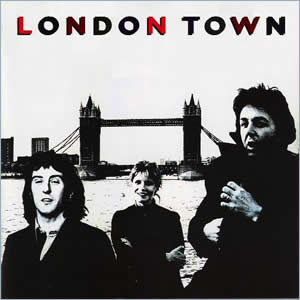
As the sixth overall album under the group name Wings, the 1978 album London Town is often overlooked as a great album by the Paul McCartney led band. But a great album this […]
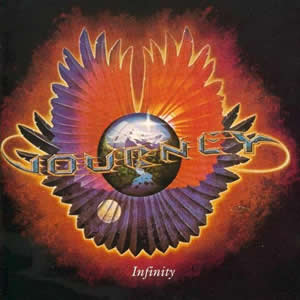
Buy Infinity The classic lineup of Journey came together for the album Infinity, released in 1978. Although this was the fourth overall album for the group that had been together since 1973, it […]
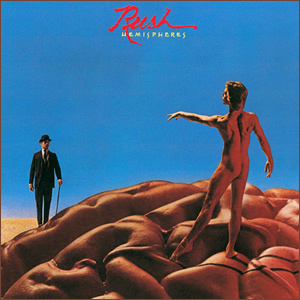
Buy Hemispheres Hemispheres, the sixth studio album by Rush, was the second straight album recorded in the United Kingdom. It also contained the second half of a multi-album concept called “Cygnus X-1”, which […]
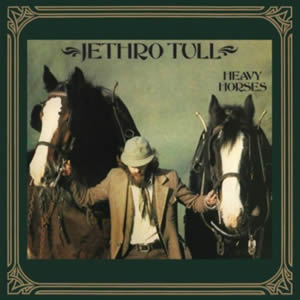
Buy Heavy Horses During a the late 1970s, Jethro Tull released a trio of albums with heavy folk influence. The second of this trio and the eleventh overall studio album by the band […]
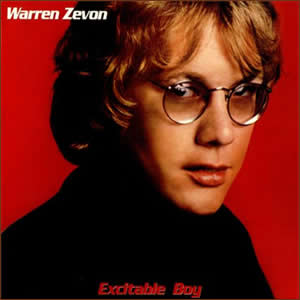
Buy Excitable Boy Excitable Boy was Warren Zevon’s follow up to his self-titled 1976 album which established Zevon as a rising talent in the Los Angeles singer/songwriter community. Once again, Zevon teamed up […]
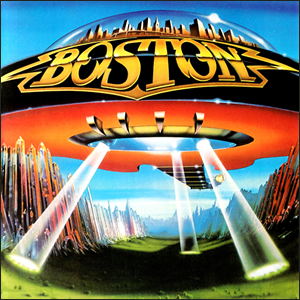
Buy Don’t Look Back Don’t Look Back was the much anticipated second album by Boston. After the unprecedented success of the group’s debut album, the two year wait was considered a long gap between […]

Buy Dire Straits British quartet Dire Straits launched their fruitful career in 1978 with an impressive self-titled debut studio album. This album features nine tracks composed by guitarist/vocalist Mark Knopfler who blended elements […]
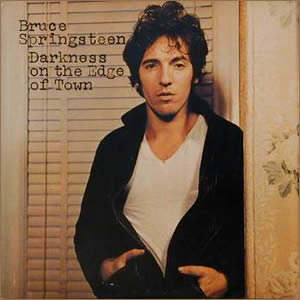
Buy Darkness On the Edge of Town Bruce Springsteen set out to make a rural influenced album with Darkness On the Edge of Town, the long awaited follow-up to his 1975 breakthrough, Born to […]
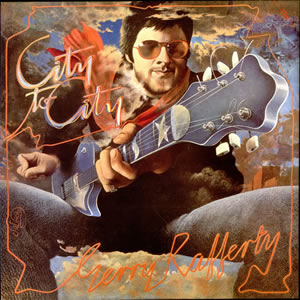
Buy City to City Gerry Rafferty was an artist who really didn’t like fame all that much. In fact, he once walked out on his former band, Stealers Wheel, shortly after they topped […]
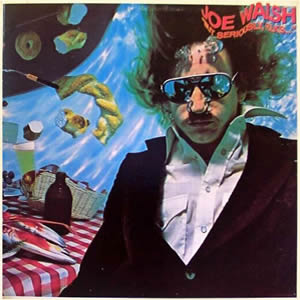
Buy But Seriously Folks Joe Walsh found his greatest solo success with But Seriously, Folks in 1978, although “solo” is used loosely here. The versatile rocker did have help from all four members […]